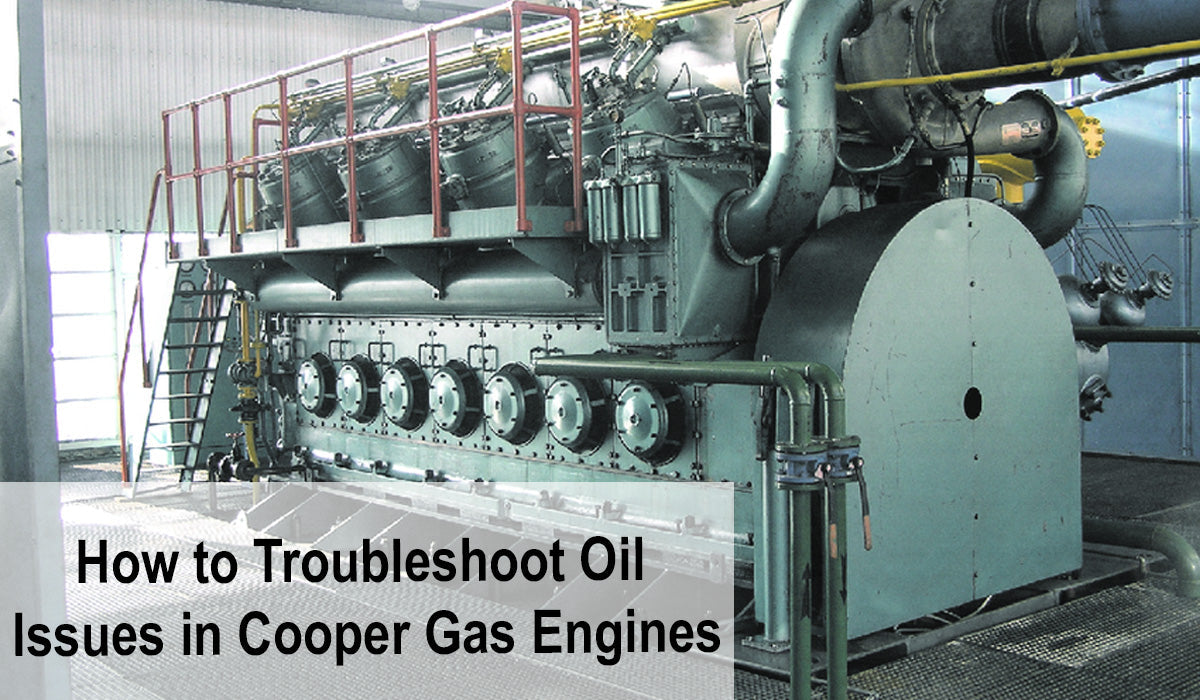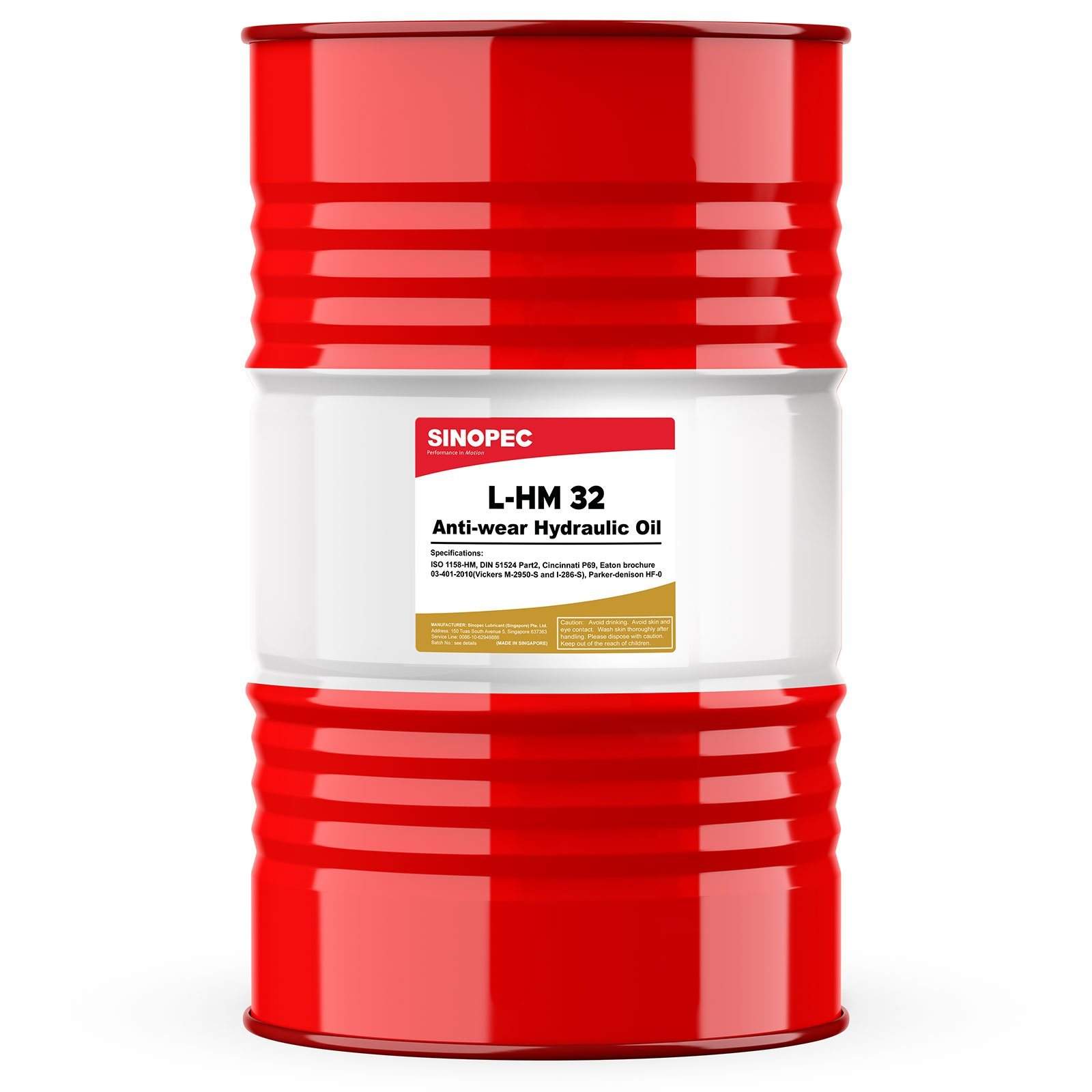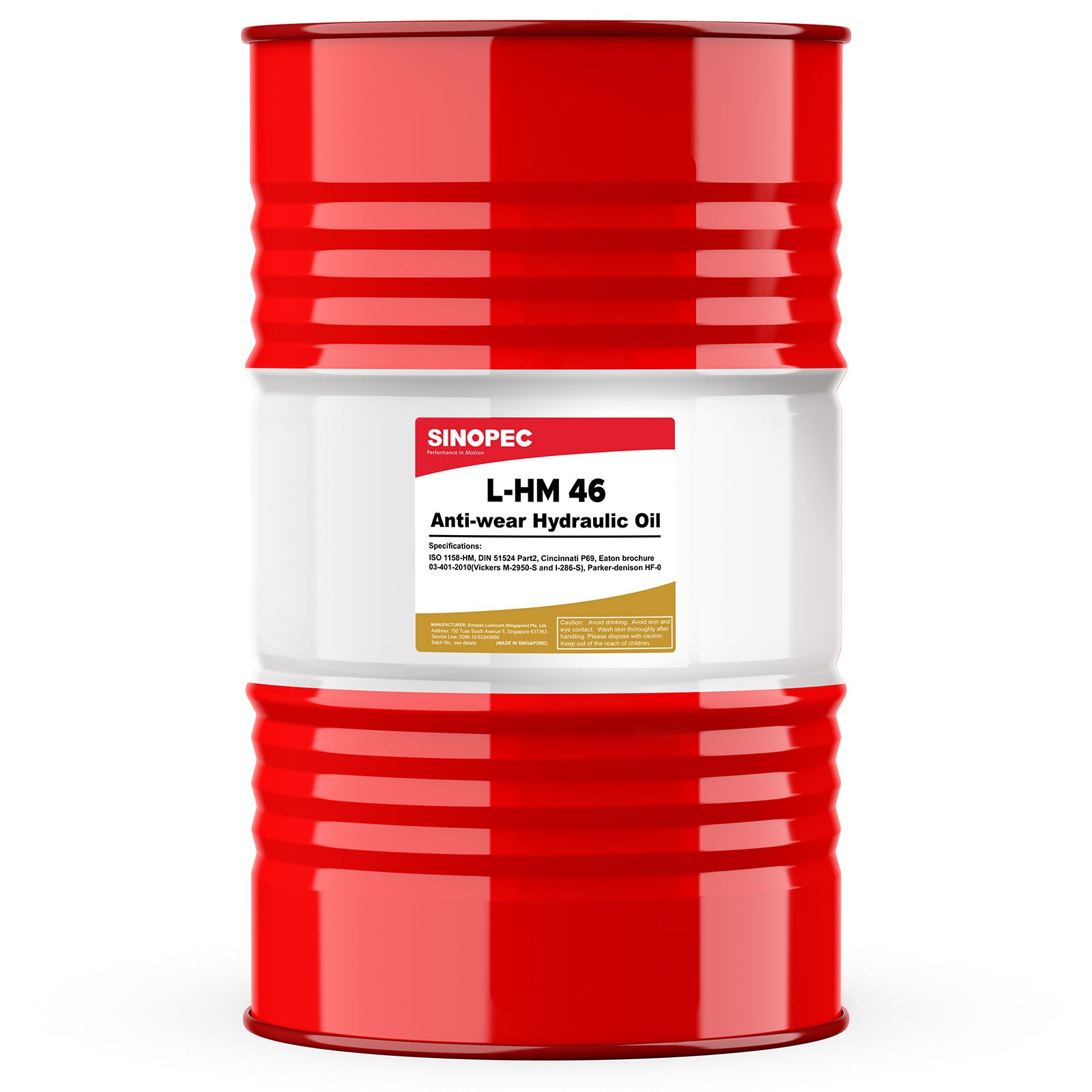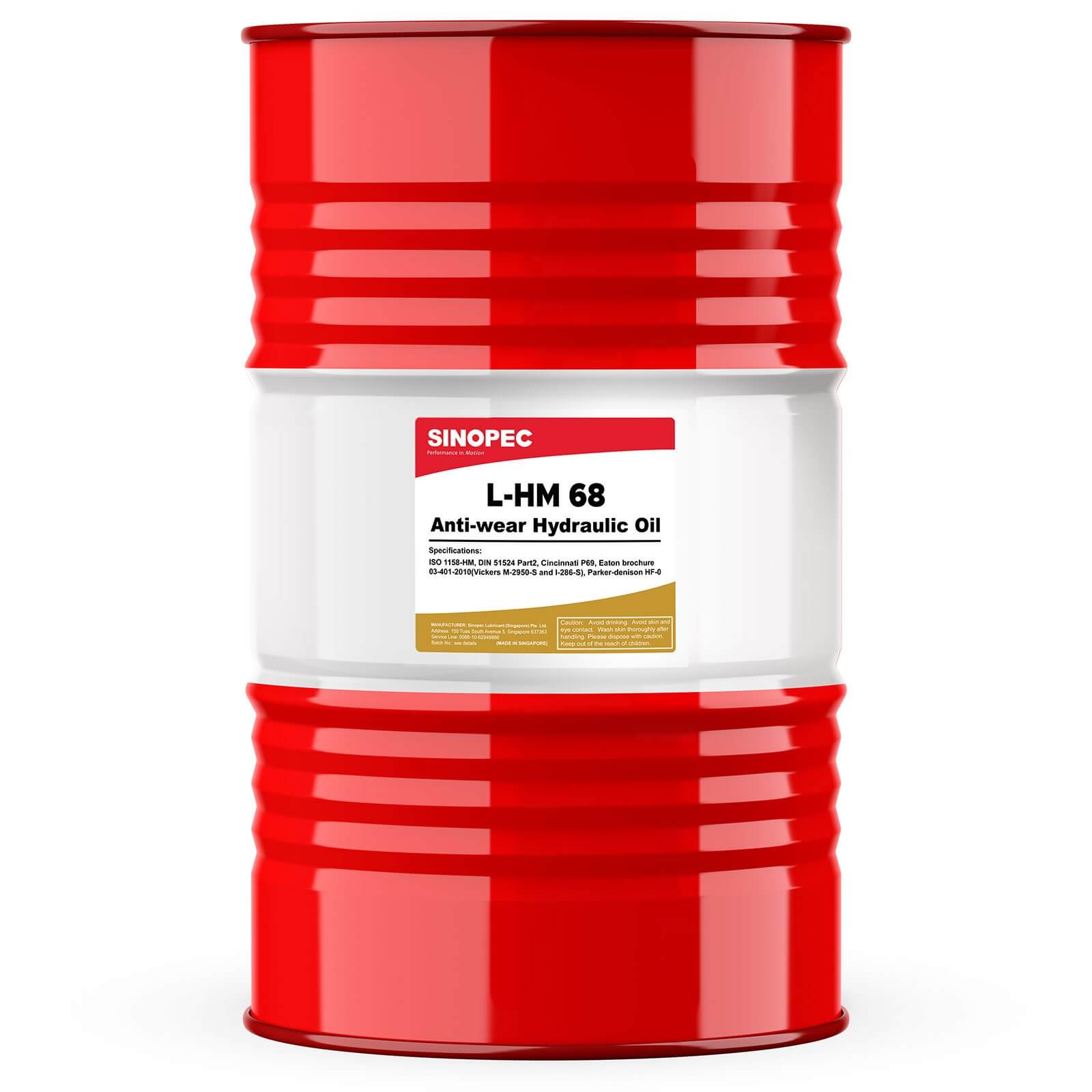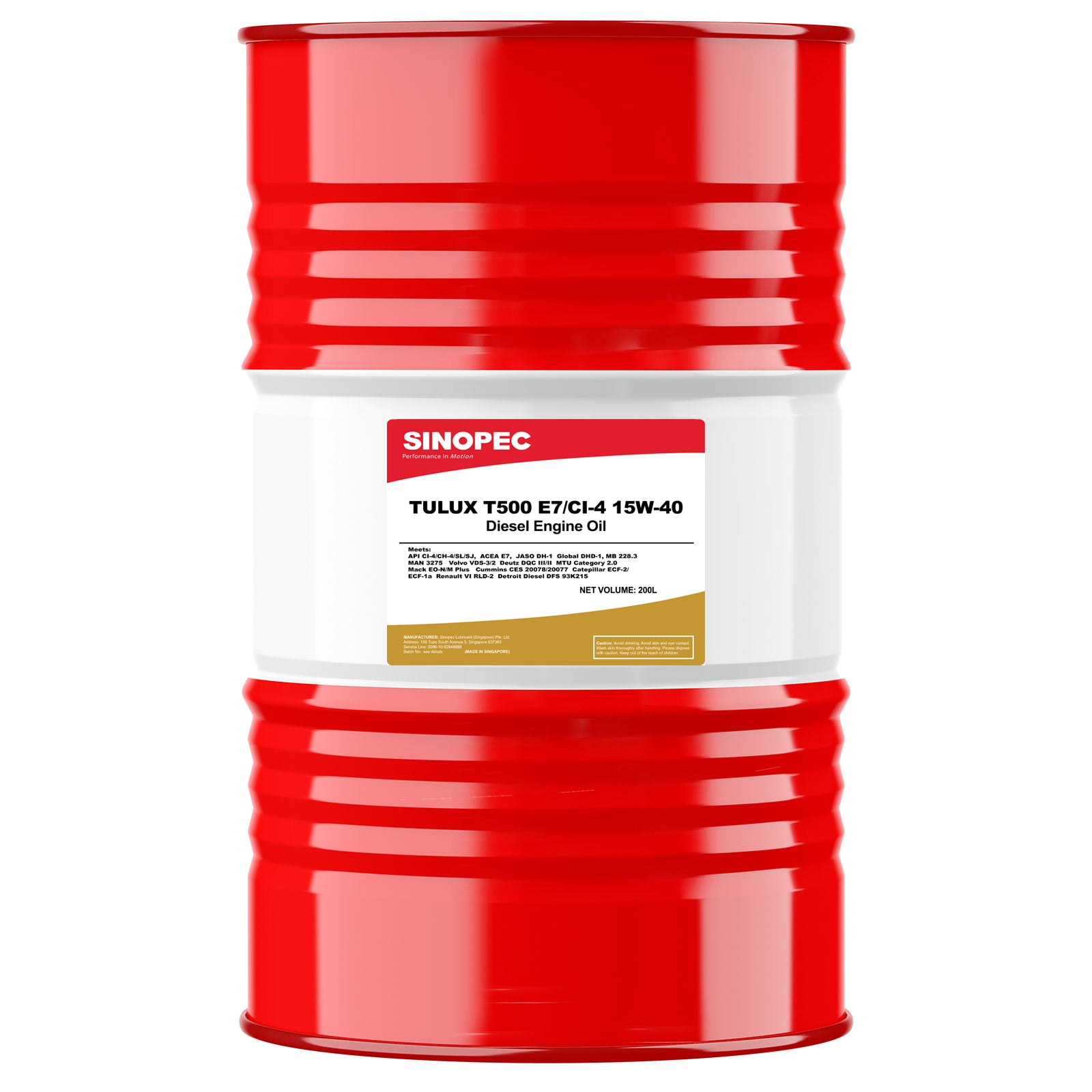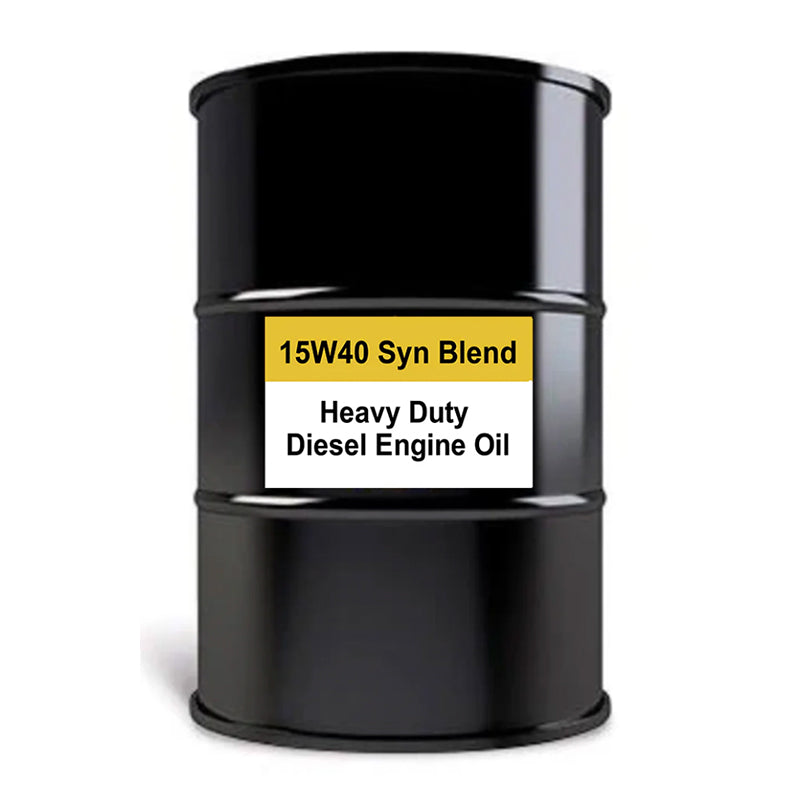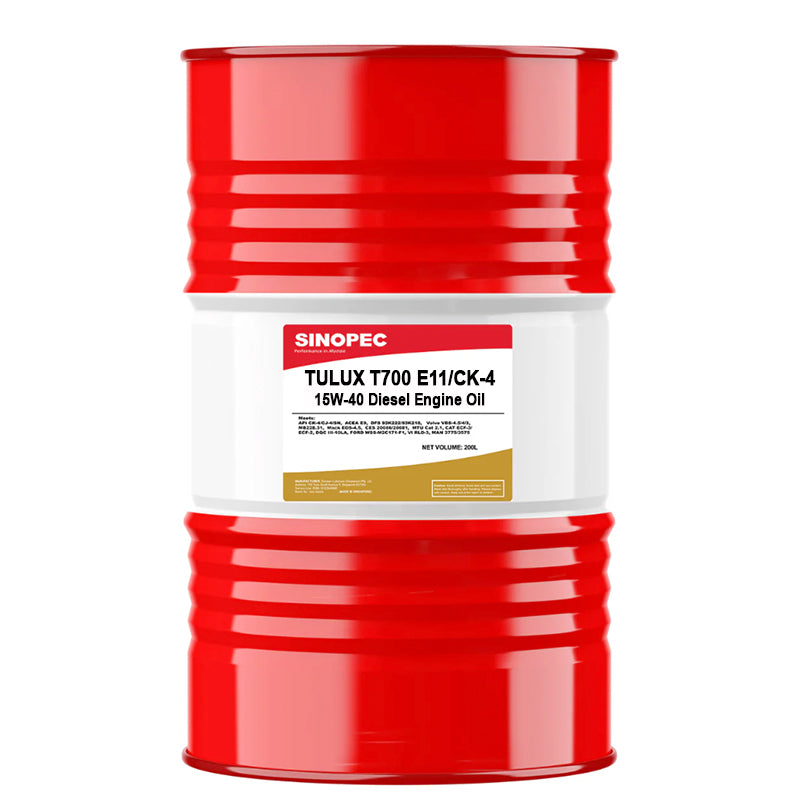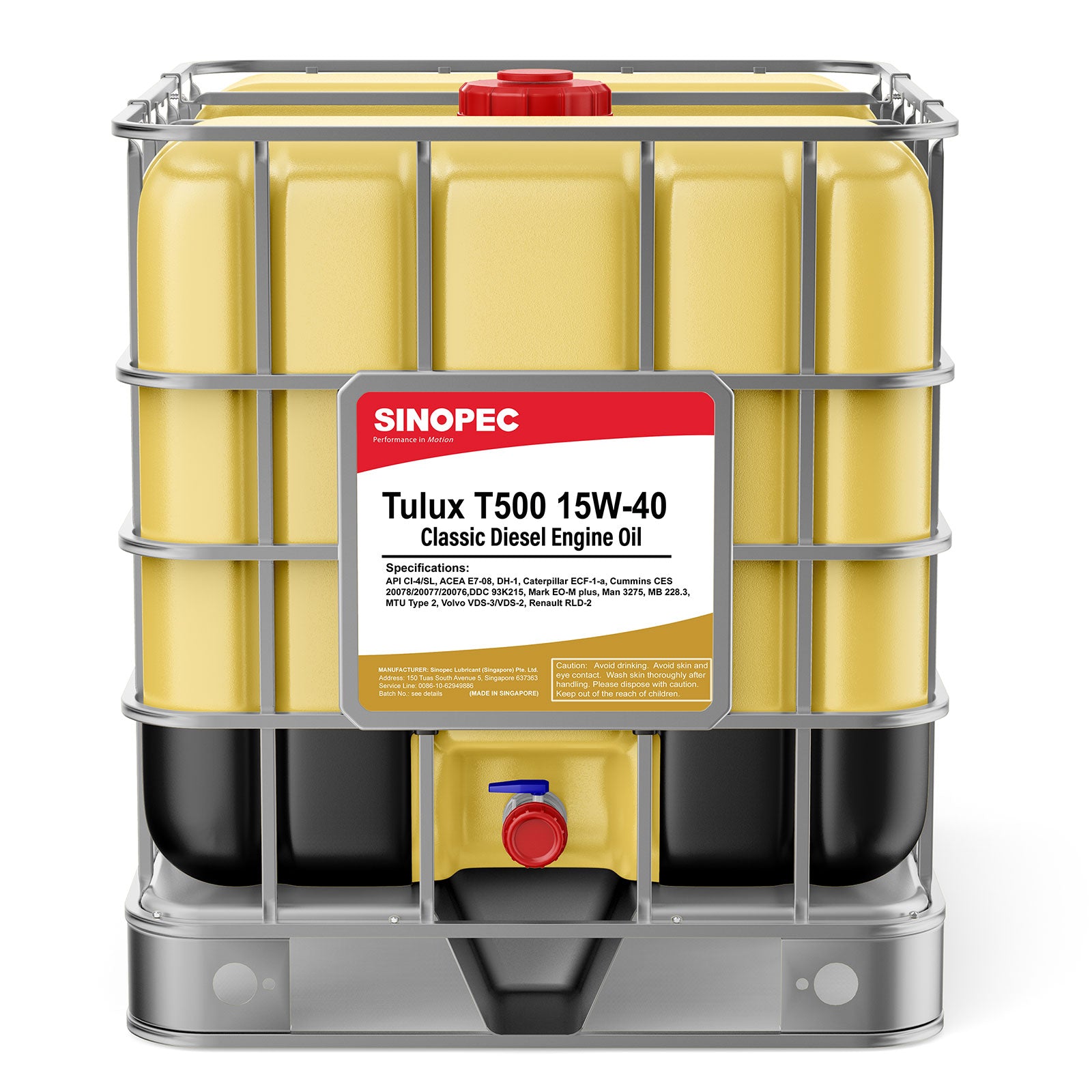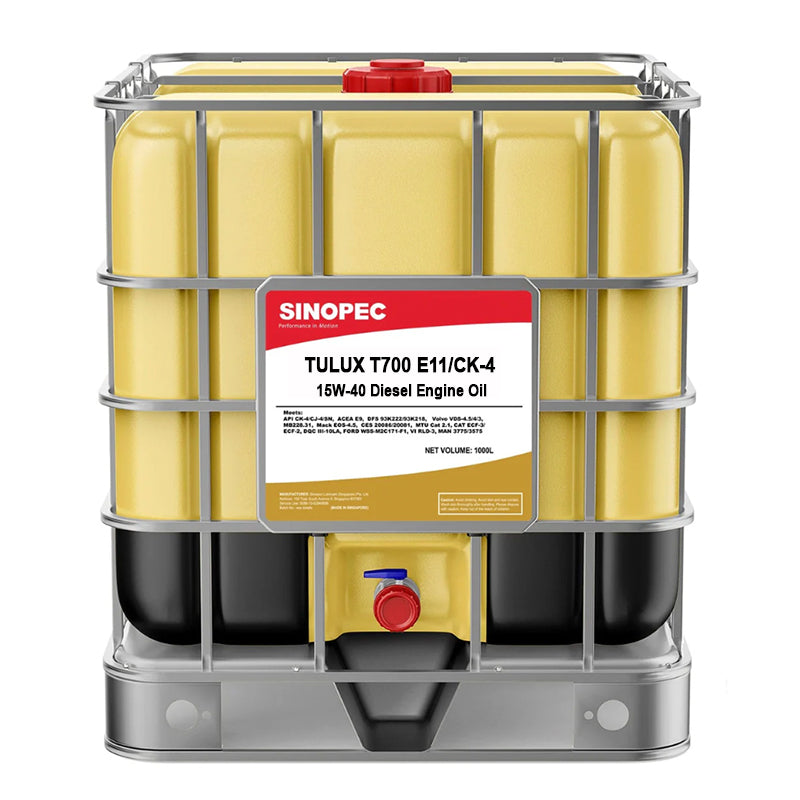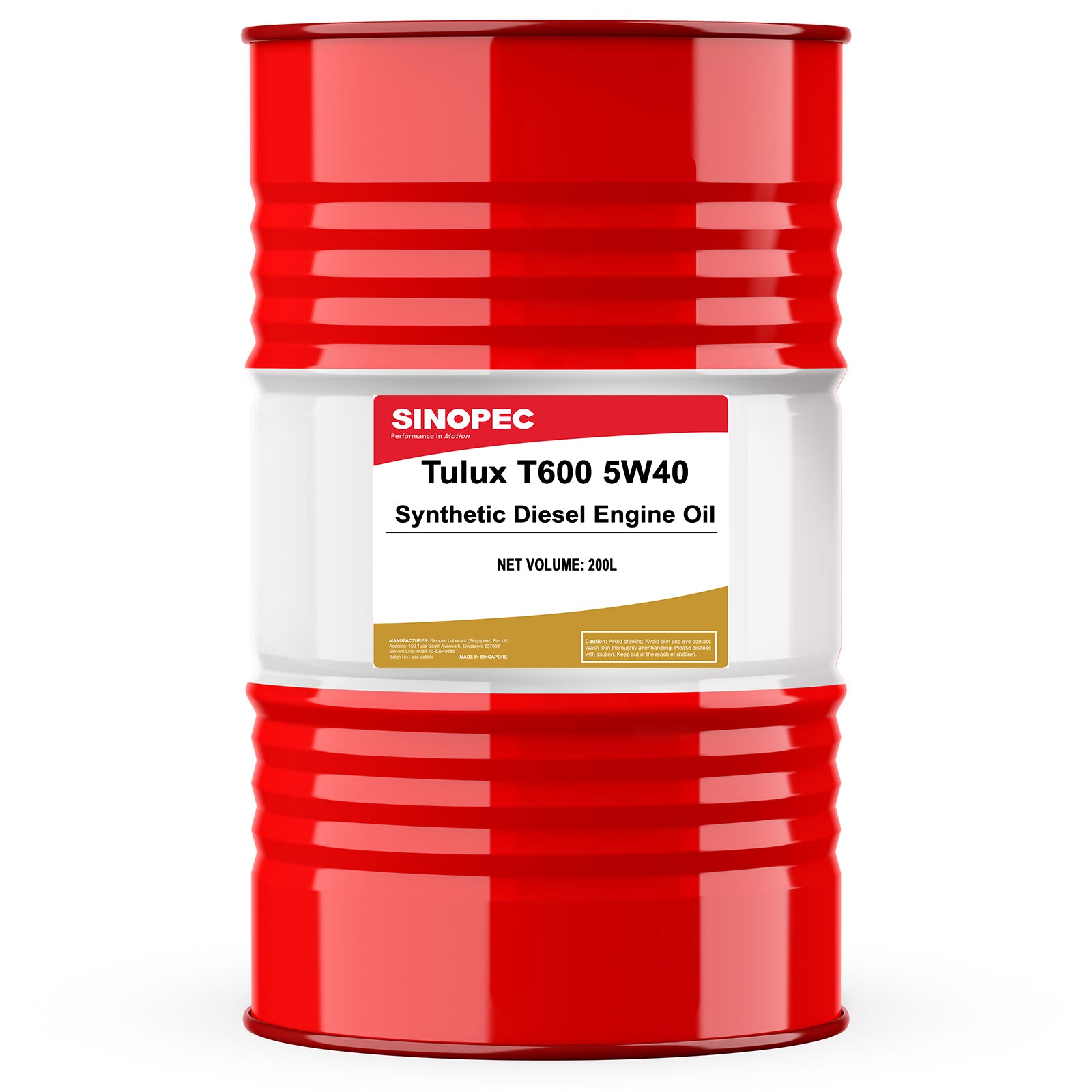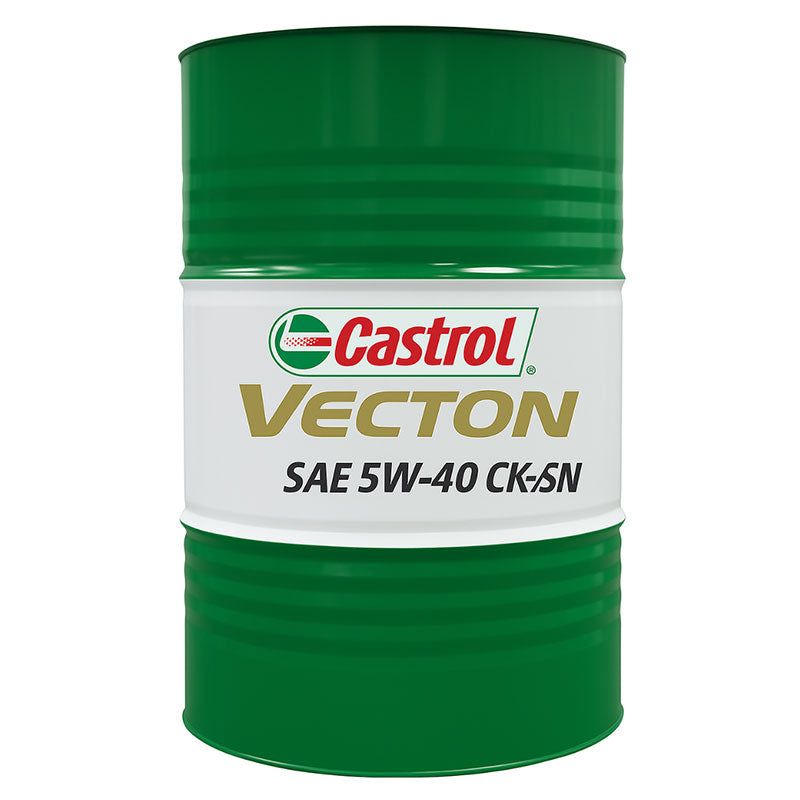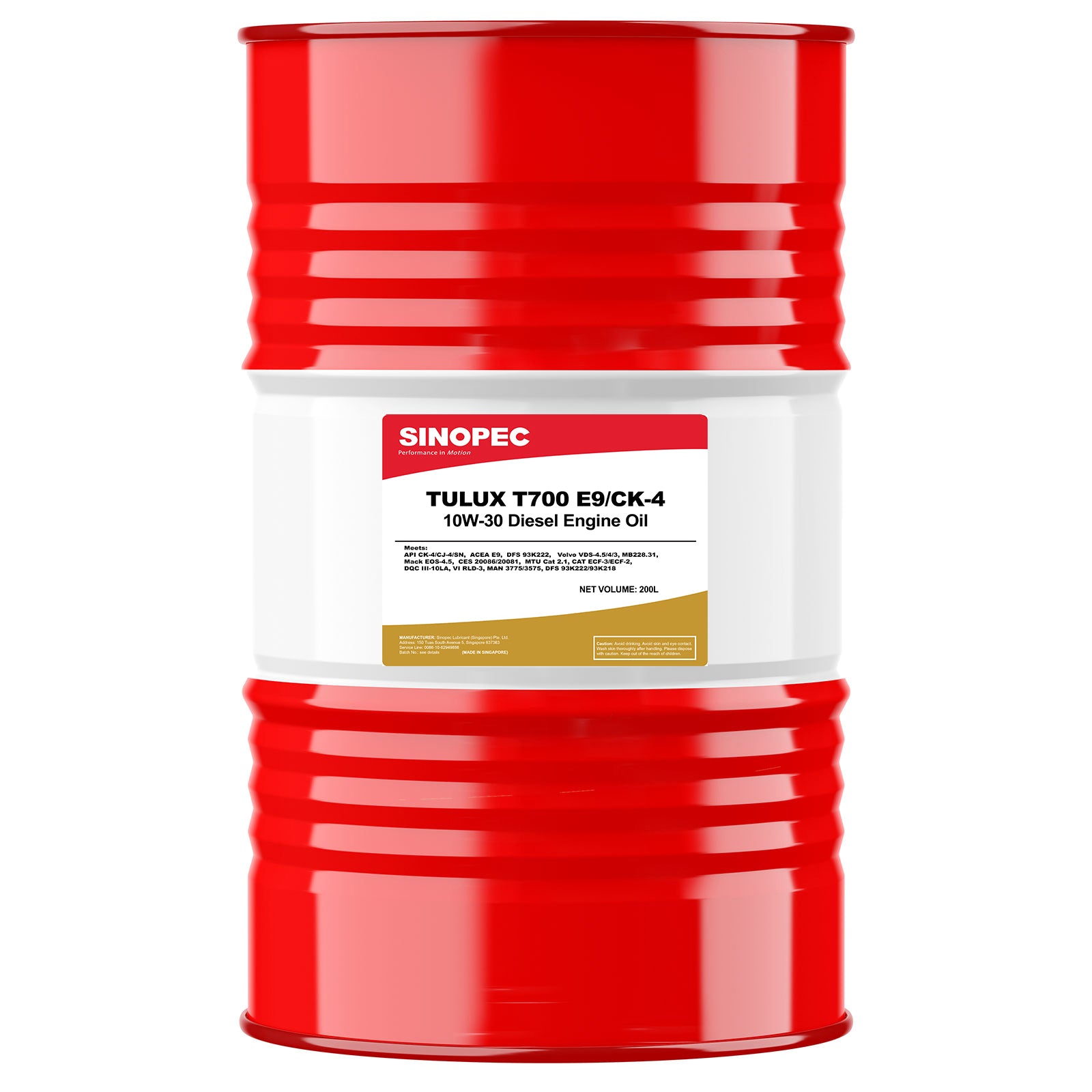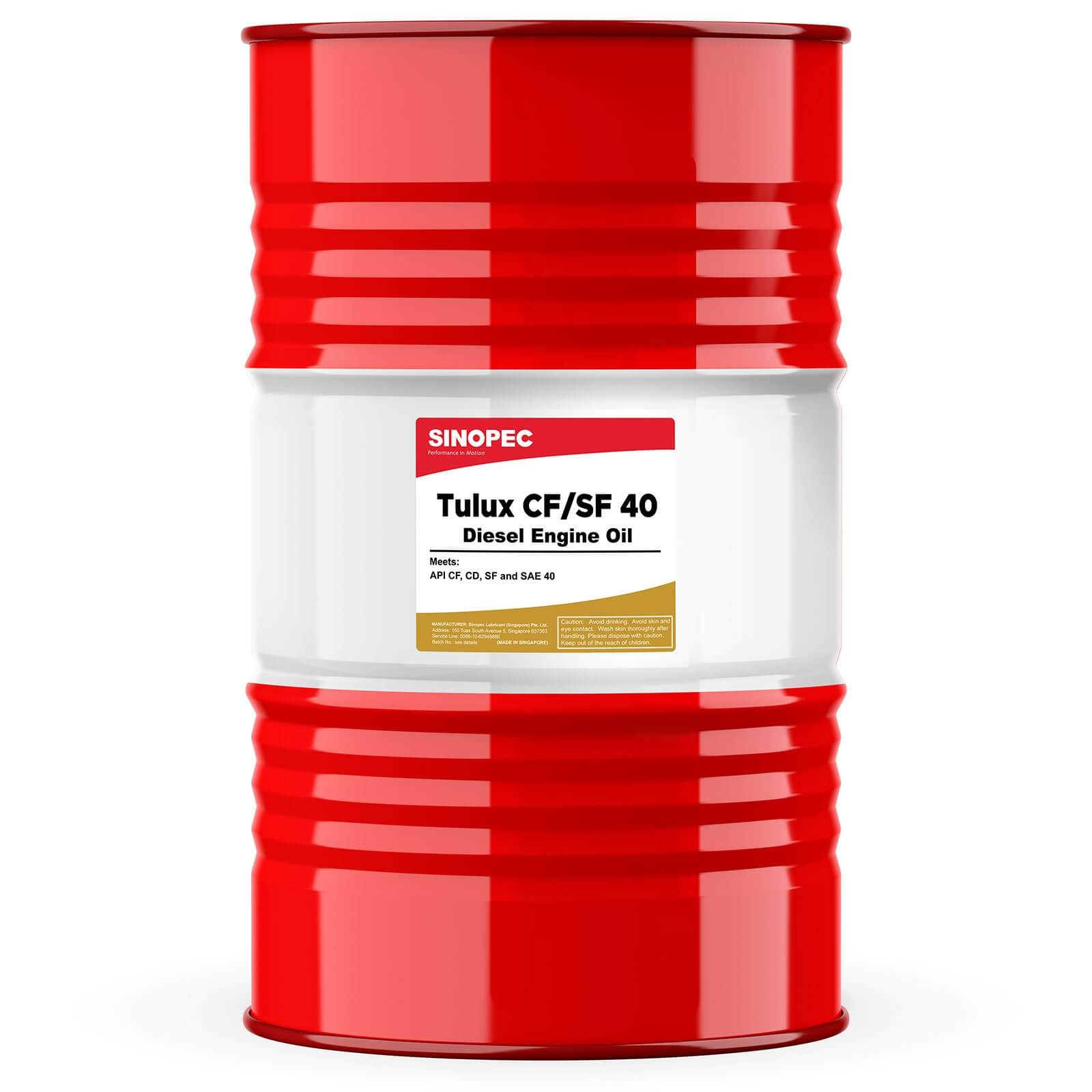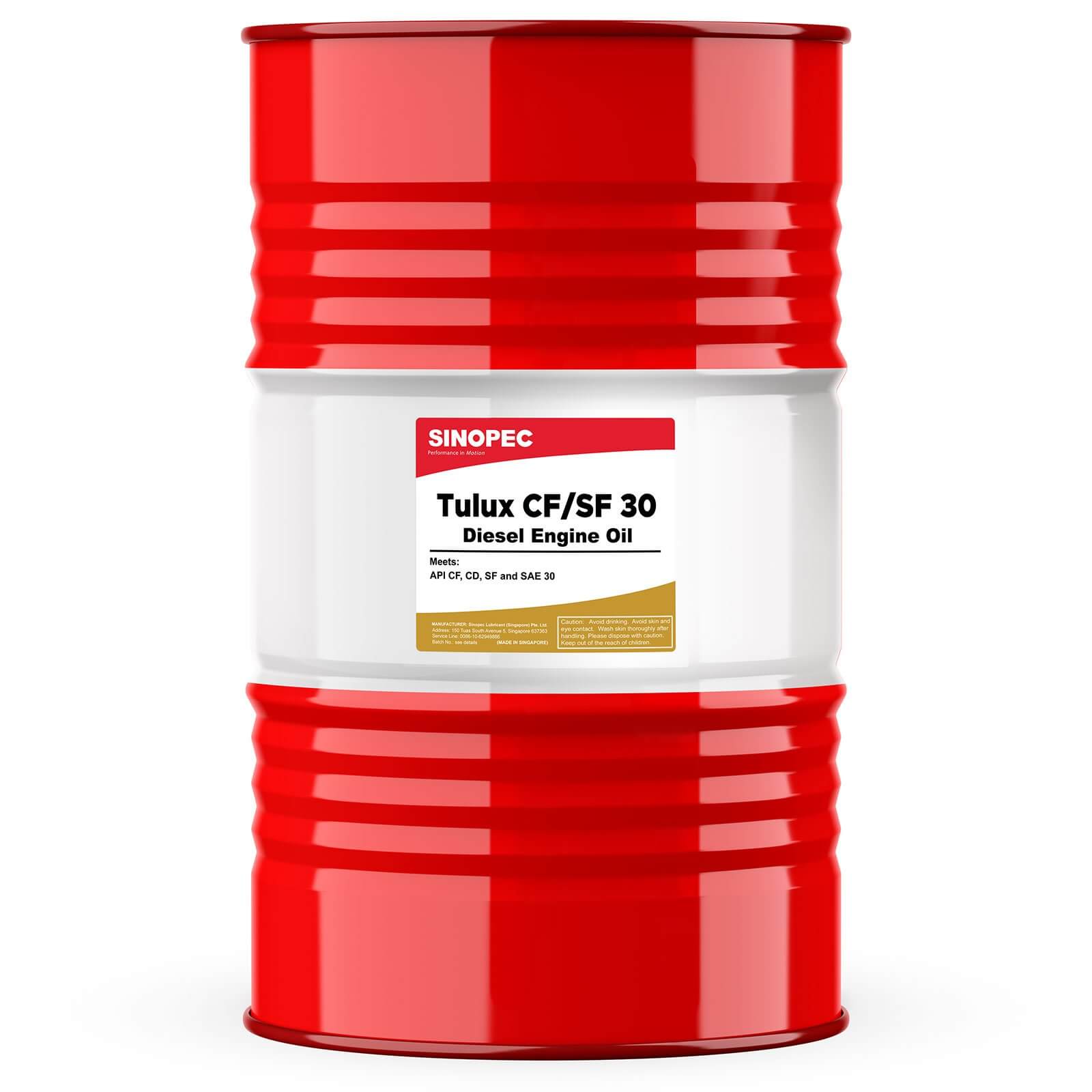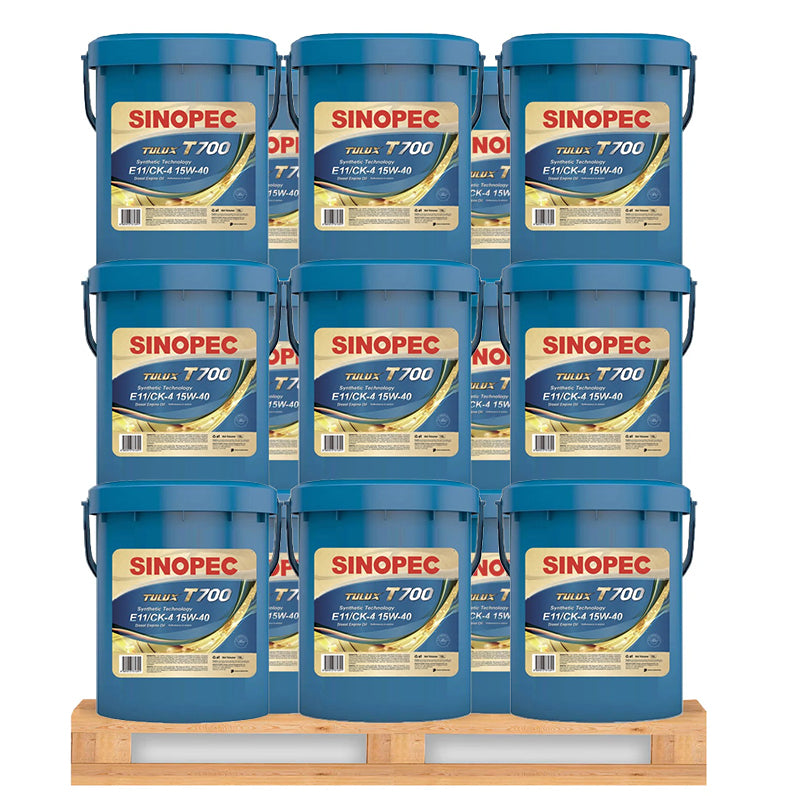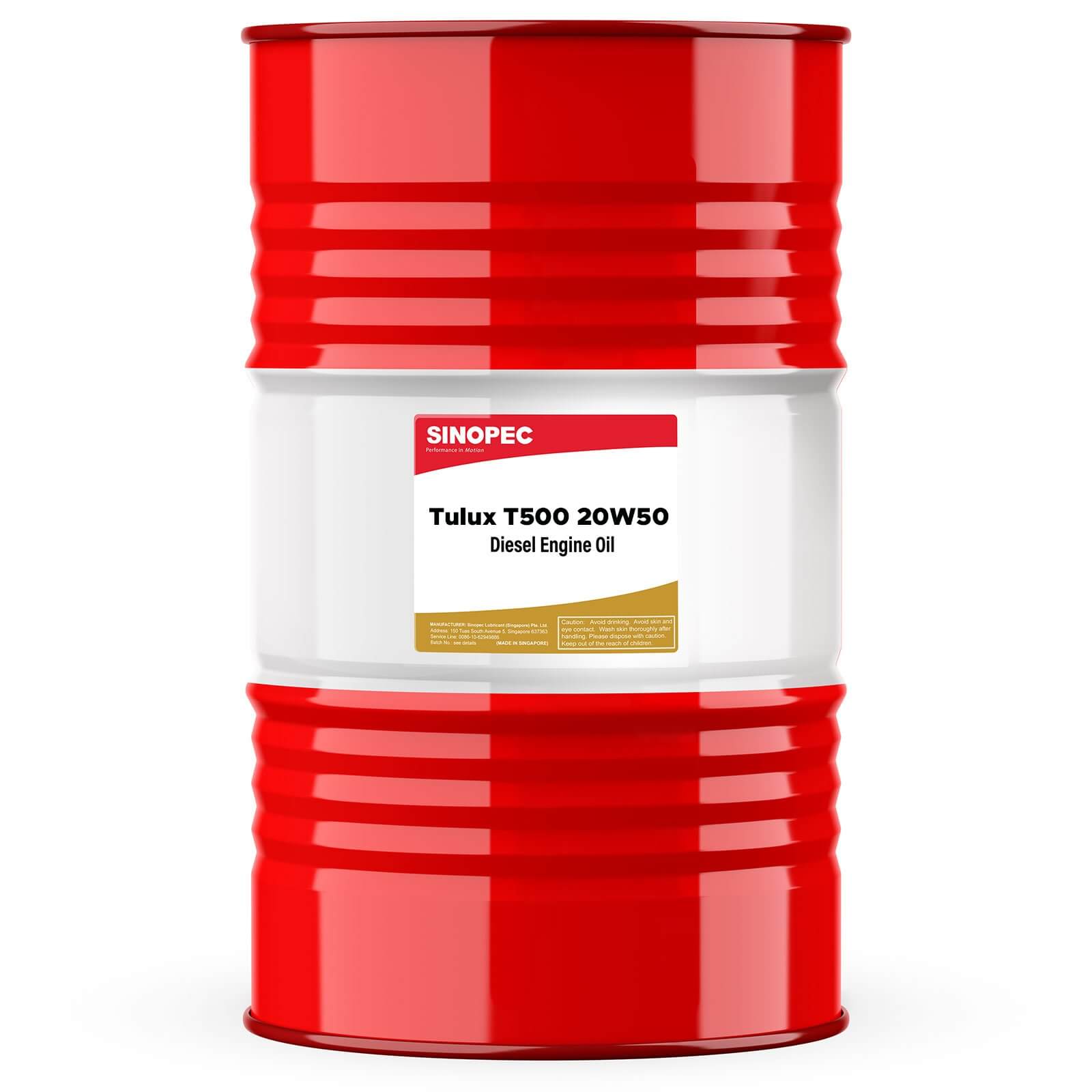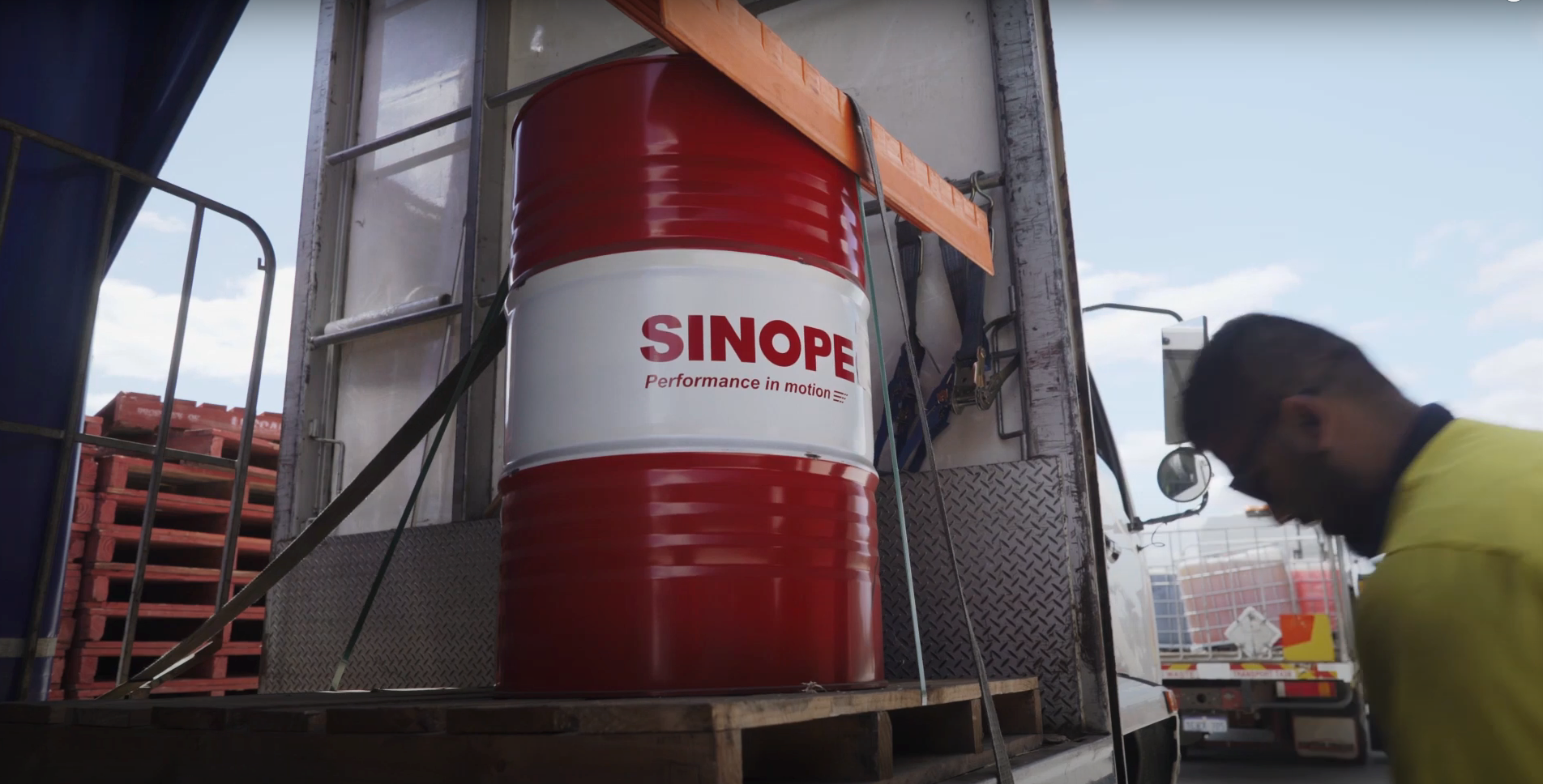Initial Assessment Steps
1. Oil Level and Condition Check
- Check oil level with engine off and cooled.
- Note oil color and consistency.
- Look for any metal particles or debris in oil.
- Check for any water contamination (milky appearance).
- Document oil service hours.
2. Operating Parameters Review
- Monitor oil pressure at idle and full load.
- Check oil temperature during operation.
- Review recent engine load history.
- Examine maintenance records.
Common Oil-Related Problems and Solutions
High Oil Consumption
Symptoms:
- Frequent oil top-offs required.
- Blue exhaust smoke.
- Oil level dropping faster than normal.
Troubleshooting Steps:
- Check for external leaks around:
- Oil pan gaskets.
- Valve cover gaskets.
- Front and rear main seals.
- Oil cooler connections.
- Inspect cylinder wear
- Check piston ring condition.
- Examine valve guide clearances.
- Verify crankcase ventilation system operation.
Low Oil Pressure
Symptoms:
- Warning lights/alarms.
- Irregular engine noise.
- Unstable pressure readings.
Troubleshooting Steps:
- Verify oil level and condition.
- Check oil pressure gauge accuracy.
- Inspect oil pump:
- Drive mechanism.
- Relief valve operation.
- Internal wear.
- Examine main and rod bearing clearances.
- Check oil filter condition.
Oil Contamination
Symptoms:
- Milky appearance.
- Fuel dilution.
- Excessive sludge.
- Metal particles present.
Troubleshooting Steps:
- Check for coolant leaks:
- Head gasket integrity.
- Cylinder liner seals.
- Oil cooler core.
- Inspect air filtration system.
- Test fuel quality.
- Analyze oil samples.
Preventive Measures
Regular Maintenance
- Follow recommended oil change intervals.
- Use only approved low ash SAE 40 oil.
- Perform regular oil analysis.
- Replace filters at specified intervals.
- Monitor operating temperatures.
Documentation Requirements
- Keep detailed maintenance records.
- Document oil consumption rates.
- Track oil analysis results.
- Record operating parameters.
When to Seek Professional Help?
Contact a certified Cooper engine technician when:
- Oil pressure remains unstable after basic troubleshooting.
- Metal particles are found in oil.
- Excessive oil consumption continues after addressing obvious leaks.
- Coolant contamination is suspected.
- Engine noise increases despite proper oil pressure.
Safety Considerations
Always follow these safety protocols:
- Never check oil while engine is running.
- Allow engine to cool before maintenance.
- Use proper PPE when handling hot oil.
- Properly dispose of used oil.
- Document all safety procedures followed.

